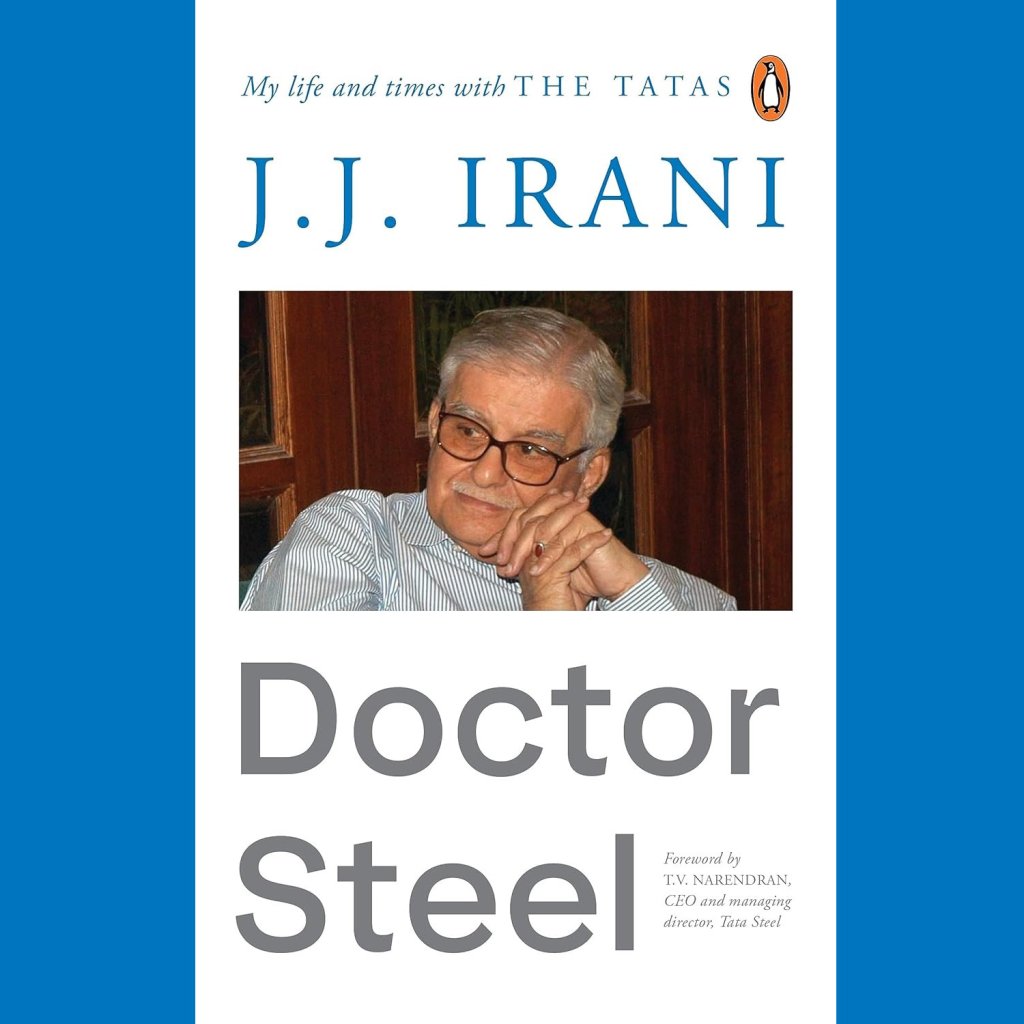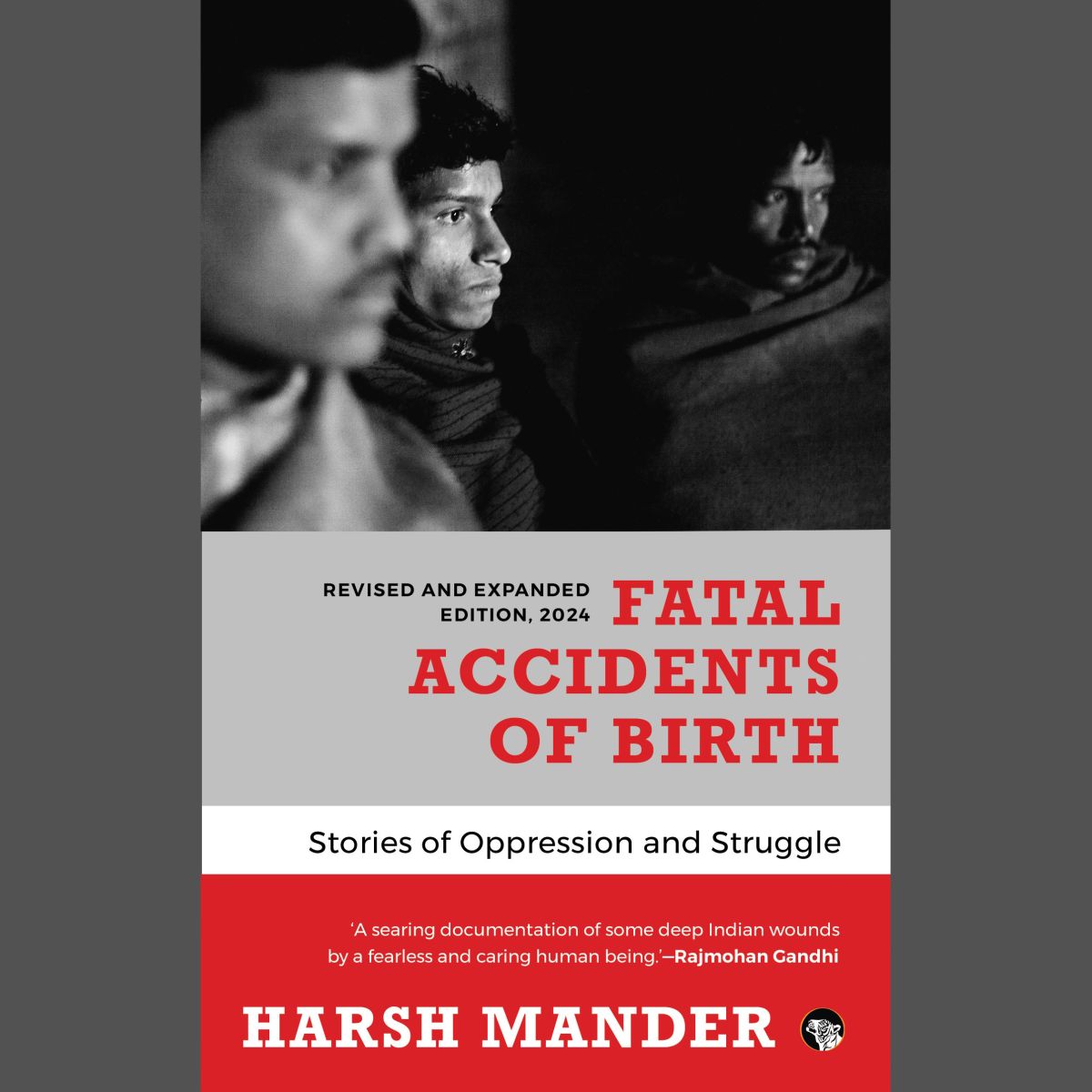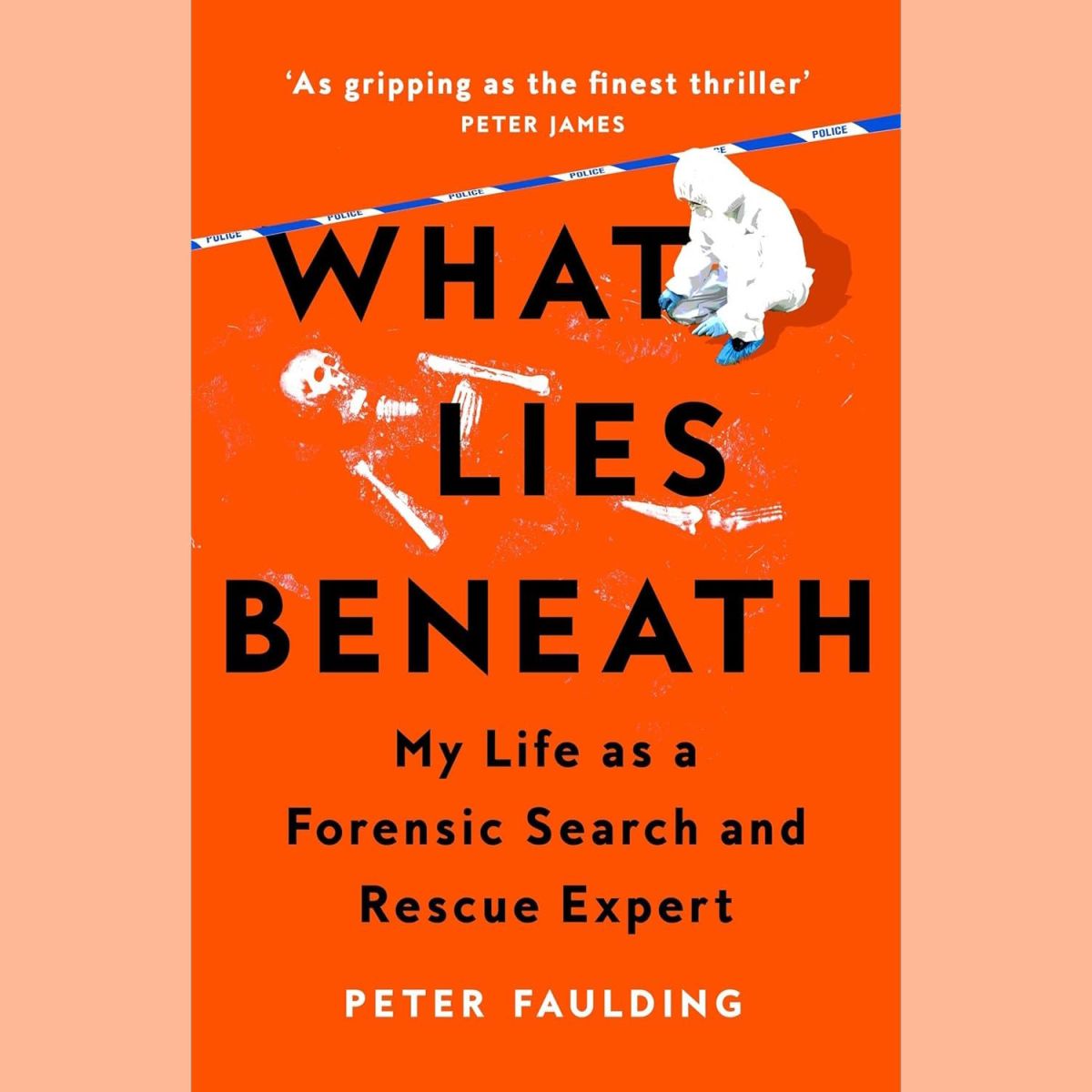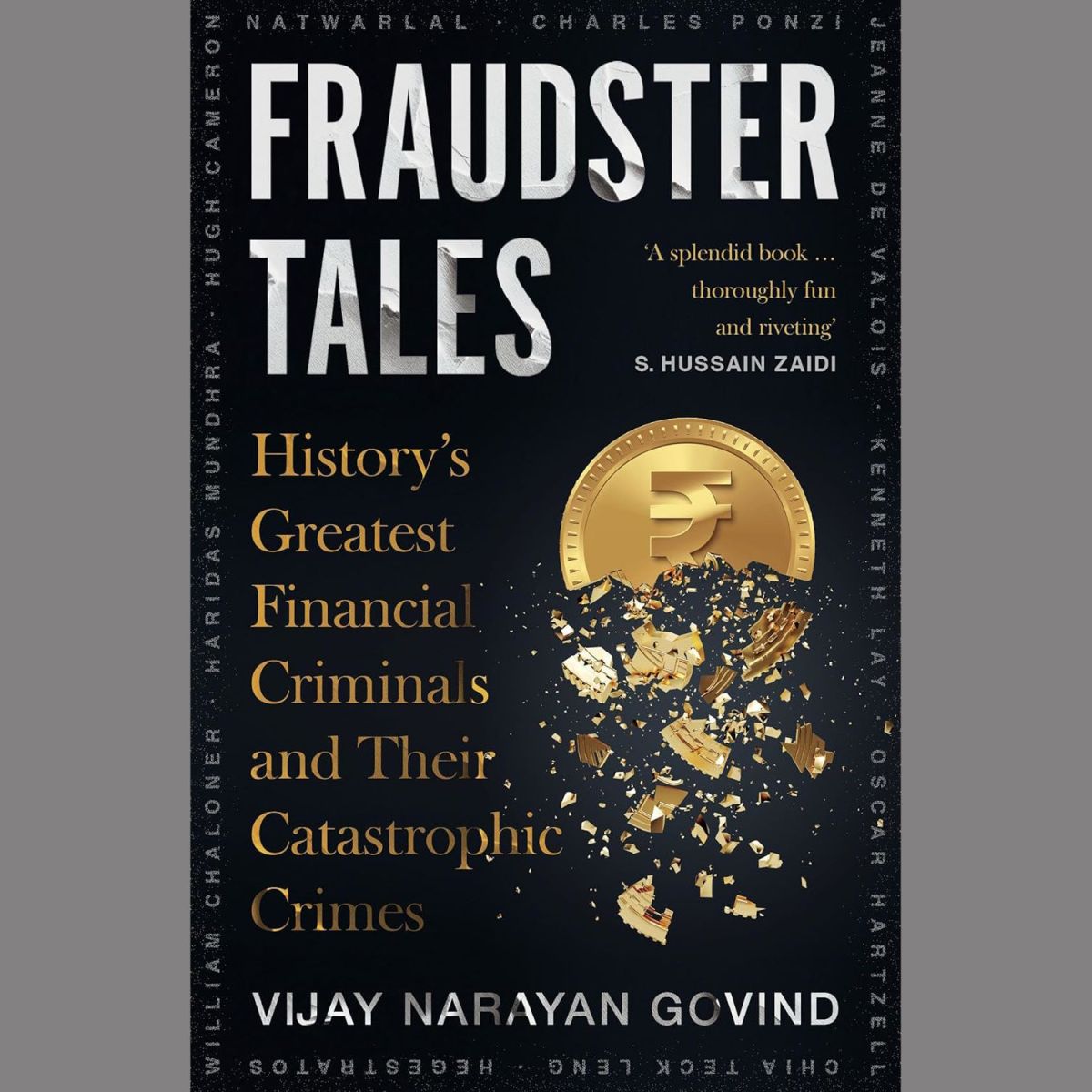Jamshed Jiji Irani, who passed away at the age of 86 in October 2022, is well regarded for his work with Tata Steel and the contributions he made towards modernizing the company’s steel plant in Jamshedpur. Armed with a PhD in Metallurgy from the University of Sheffield, UK, Irani joined TISCO (later renamed Tata Steel) in 1968 and went on to hold senior positions in the company. He was elevated to Managing Director in 1992 and while he retired from Tata Steel in 2001, he continued to serve on the board of directors of various Tata Group companies till 2011. Irani, often informally referred to as the ‘Steel Man of India,’ was awarded an honorary Knighthood by Queen Elizabeth II in 1997 and received the Padma Bhushan in 2007. Published recently by Penguin India, Doctor Steel is his memoir. The contents of the book were dictated by Irani himself in the months before he passed away in 2022.
Doctor Steel is presented in three sections, each comprising multiple chapters. In the first section, Irani writes about his formative years, leading up to him joining Tata Steel. The second is about his years of building up Tata Steel, and the third is about the people he met over his long, illustrious career and reflections on the days gone by. The book starts with a foreword from TV Narendran, the current CEO and MD of Tata Steel, who says that Irani ‘led from the front with great credibility and took tough calls at the cost of personal popularity’ and that he ‘not only transformed Tata Steel physically but also culturally.’ Irani invested in technology upgradation, improved productivity, made Tata Steel a more customer-focused organization and contributed immensely towards making the company the most cost-efficient steel producer in the world, says Narendran. ‘Irani has strong views but was always open to a debate or discussion, and was willing to change his views if he was convinced,’ he adds.
Irani begins with describing his early years and says he had a privileged childhood, perhaps at least partly because his father was a senior executive in the Tata-operated Empress Mills in Nagpur. ‘In a way, I was brought up in the Tata tradition, imbibing the values laid down by Jamsetji Tata,’ he says. He also describes how his father instilled in him values of discipline and a sense of fair play, encouraging him to never walk away and to sportingly face difficult situations. One of the most interesting accounts of Irani’s younger days is the story of his first overseas trip – to Europe – which he went on in 1952, with the 10-week trip costing Rs 5,400 (terribly expensive for the time, at least for most middle-class families in India!). Irani’s account of his travels across Italy, Switzerland, France, Belgium, the Netherlands, Sweden and Norway is peppered with interesting little vignettes and anecdotes illustrating the experiences he had in Europe.
Things really get going when the author completes his studies (in the UK), is interviewed by Tata Steel and decides to come back to India and join the company in Jamshedpur, in their R&D department. Irani didn’t get off to a great start however; ‘My first few months in Jamshedpur were very discouraging, because of the atmosphere which prevailed in the R&D department,’ he says. He even puts in his resignation after a few months but is later persuaded to stay on by Tata Steel directors SK Nanavati, the legendary Russi Mody and RS Pandey. ‘I was moved around a lot between 1968 and 1974, gaining much experience,’ says Irani, adding that he became the assistant general superintendent in 1974, and there was no looking back. ‘I have no regrets that I chose to stay back with the Tatas,’ he says.
Irani writes at length about his life in Jamshedpur – marriage (with Daisy Siganporia, whom he met in Jamshedpur), a nice house, Russi Mody’s patronage and a series of promotions and, later, the passing of his parents. He also writes about learning from JRD Tata, a man of strong principles and unwavering commitment to serving the best interests of the Tata Group. He writes about the time when, always reluctant to spend the company’s money for his own personal use, JRD refused to upgrade his own office (descried by the author as being ‘a bit tatty’). When finally persuaded to at least replace the curtains and the tapestry etc., JRD actually accompanied his secretary to the market, calculator in hand, visited multiple stores but did not buy anything in the end because it was all ‘too expensive!’ Another incident Irani recounts pertains to this one time when JRD lost his favourite ballpoint pen and Irani bought a replacement from London. JRD liked it but refused to accept it, since it was against his principles to accept gifts from colleagues. ‘After JRD died, Jim Sethna and others made an inventory of his possessions. His personal wealth was nothing, absolutely nothing,’ says Irani of the man who controlled the Tata Group, one of the country’s largest industrial conglomerates. ‘JRD placed the highest degree of importance on being a good human before anything else and was a perfectionist to the core,’ says Irani. ‘You could not fool him easily. He was very smart and very sincere at whatever he wanted to do. He was my professional godfather,’ he adds.
Those interested in the story of how India – and specifically Tata Steel – built up its steel producing capacity, Irani recounts the story of how he persuaded JRD to upgrade and modernize the Jamshedpur plant. For this Irani visited Japan, where he was surprised by their financial ability to knock down manufacturing units that were barely ten years old – this was in stark contrast to the conditions in India, where Tata Steel was continuing to use outdated plants and machinery that were up to 40-50 years old. The modernization programme was started in the early-1980s and, as became evident over the years, served the company very well. Irani writes about what he – and the Tata Steel management – learned from the Japanese, who had a completely different work culture. What was remarkable about the Japanese was their complete clarity in communication – only the leader or the most senior person spoke, while the rest of the team were always careful never to contradict their leader. Also, their absolute proclivity for following rules without any abdication whatsoever, their aversion to the Indian concept of ‘jugaad,’ and their insistence on doing things the right way.’ This, says Irani, explains why the Japanese are so far ahead in terms of technology.
In later chapters, Irani reminisces about his life and times in Jamshedpur and the interesting encounters he had with eminent people – everyone from British royalty to the political leaders of the United States and the erstwhile Soviet Union, and from multiple Indian prime ministers to Mother Teresa – during the course of his work. Some of these are quite intriguing – for example, when Naval Tata (Ratan Tata’s father) came to Irani’s house for lunch and chose to stay back till dinner time, speaking freely of his family, his connections, his romances and his wedding to Simone. ‘He was a very lovable, friendly, accommodating person and was happy to share his experiences with us,’ says Irani.
Overall, Doctor Steel works very well as a personal memoir – chapters are short and snappy, the pace never falters and Irani’s account of his life, over 130 odd pages, keep the reader hooked. Even in the chapters where he talks about the modernization of Tata Steel’s plants and machinery, which could have been a bit boring for the average reader, Irani keeps things interesting by including small personal stories and quirky little incidents that keep the story going. Doctor Steel is Irani’s swansong and like with everything else he did in his lifetime, he’s done a stellar job with this.
Doctor Steel: My Life and Times with the Tatas
Author: JJ Irani
Publisher: Penguin India
Format: Hardcover / Kindle
Number of pages: 168 / 163
Price: Rs 506 / Rs 481
Available on Amazon
Book Review: Doctor Steel







